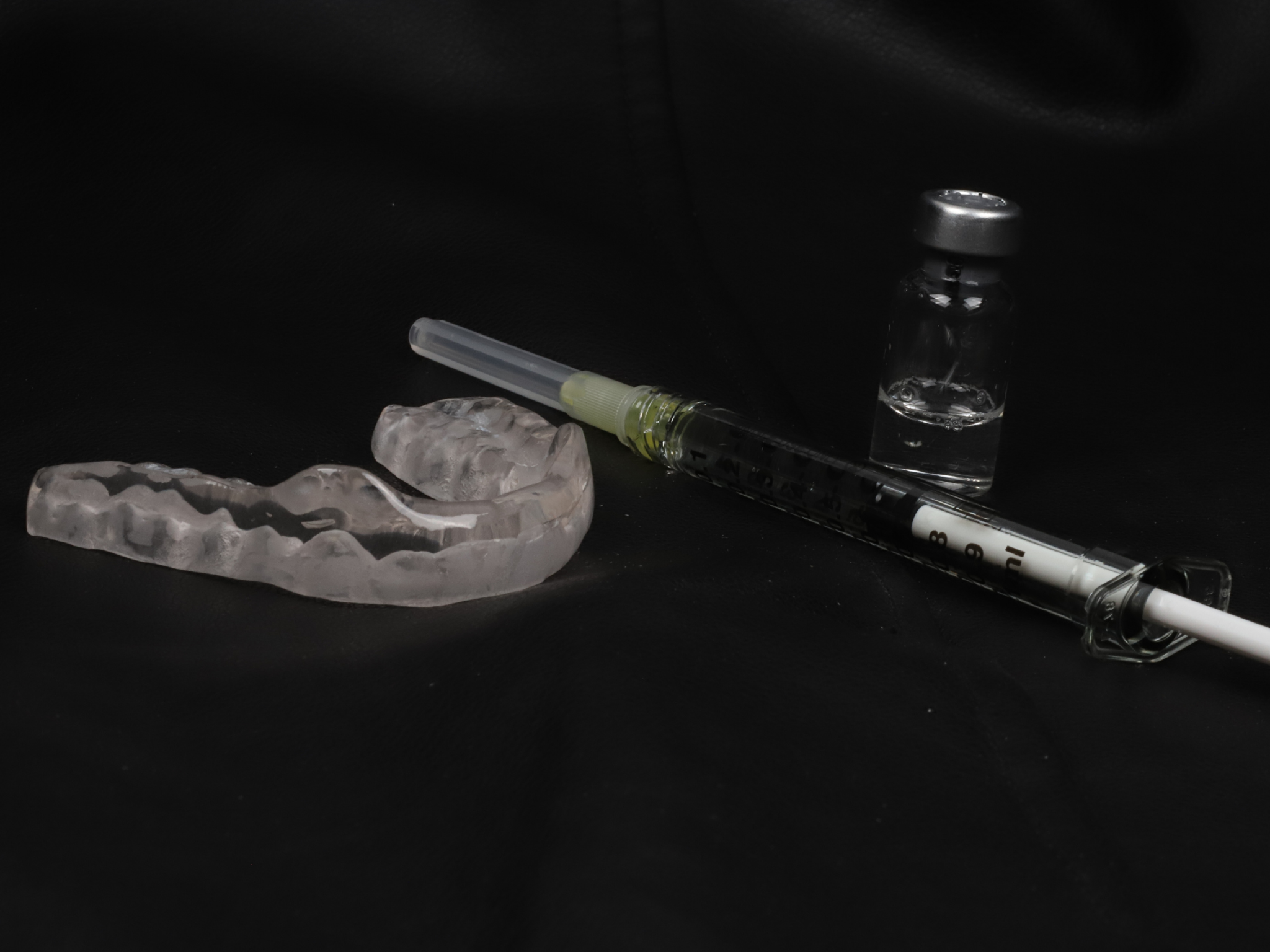Jaw Joint (TMJ) Problems
The temporomandibular joint (TMJ) is the joint that connects the lower jaw to the skull and is supported by muscles and ligaments. TMJ diseases involve the joint and masticatory muscles. When there is incompatibility between the occlusion-temporomandibular joint-chewing muscles, it usually causes changes in the TMJ and surrounding tissues.
TMJ disorders appear quite common in societies and affect the individual’s quality of life considerably. TMJ diseases may be seen due to acute or chronic trauma, morphology of joint surfaces, malocclusion, tooth deficiencies, hyperactivity of masticatory muscles, developmental or acquired factors. The major symptoms of TMJ problems are pain and dysfunction. By causing spasm in the muscles around the joint, pain may extend to the face, head, ear, and jaw.
TMJ disorders can be treated with conservative treatments, minimally invasive or surgical methods. Conservative treatments include patient education, splint treatments, physical and pharmacological treatments. Splints are treatment devices used for the elimination of pain symptoms by reducing abnormal muscle activity and helping to protect teeth from attrition and traumatic forces. Physical therapy helps the TMJ to return to its normal functions by reducing muscular activity. Ultrasound, thermal treatments, acupuncture, low-level laser therapy, iontophoresis, phonophoresis, high voltage stimulation, jaw manipulation, exercise, biofeedback, transcutaneous electrical nerve stimulation and combined treatments can be used for physical therapy in TMJ disorders. There are many drugs that have been suggested in the pharmacological treatment of TMJ disorders. These are analgesics, non-steroidal anti-inflammatory drugs (NSAIDs), corticosteroids, antidepressants, muscle relaxants, anxiolytics and local anesthetics.
It is an efficient option for patients with bruxism, along with night plates. As a result of treatment with botulinum toxin Type A (BTX-A), symptoms such as jaw pain and headache are reduced. Excessive muscle contractions can be reduced with the proper dosage.





